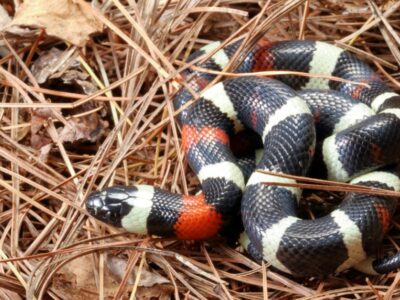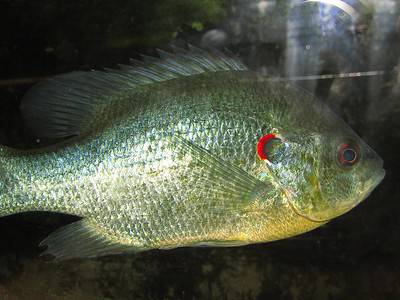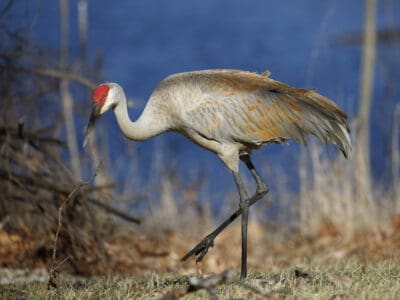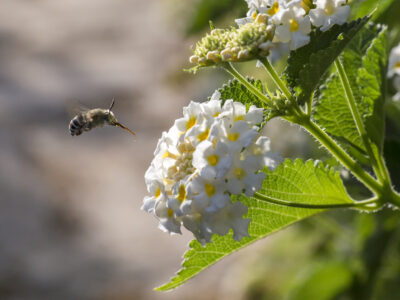Although New York State may be mostly known for the splendor of New York City, its native wildlife and their habitats of old-growth forests, rivers, lakes, waterfalls, hills, mountains, valleys and the part of the Atlantic Ocean the state shares with the eastern seaboard are just as splendid, if not more so. Here are some of the beautiful, wild, strange, common, and rare animals that call New York State home.
The Official Animal of New York State
The official state animal of New York State is the American beaver, whose luxurious and water-repellent fur made a lot of New Yorkers rich, including John Jacob Astor I. These large, semi-aquatic rodents are environmental engineers known for their ability to build lodges and dams on bodies of freshwater. Because of this, they are symbols of industriousness. Now fairly common, they were almost wiped out due to overhunting. The beaver, a symbol of industriousness, is the official state animal of New York State.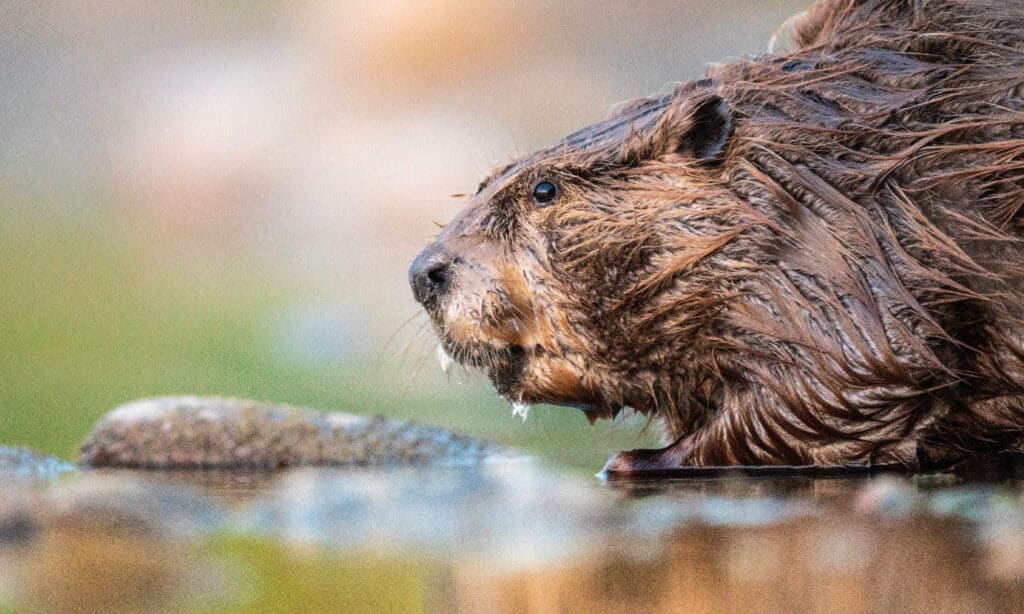
©Layne VR/Shutterstock.com
Official state bird: Eastern bluebird
This little bird, a symbol of happiness and a harbinger of spring, is known for its melodic song and the male’s mostly blue plumage. Because they have to compete with thuggish birds such as starlings and sparrows for nesting space, people often build nesting boxes just big enough to accommodate bluebirds. Unfortunately, bluebirds are still vulnerable to other New York predators such as raccoons, squirrels, blue jays, and hawks.
Official state freshwater fish: Brook trout
This speckled, dark green or brown fish can weigh up to 15 pounds and can be almost 3 feet long. It is found in the streams, ponds, creeks, and lakes in the Adirondacks.
Official state saltwater fish: Striped bass
Striped bass, which can also grow to about 3 feet long and weigh 20 pounds, are fished in the waters of the Atlantic Ocean.
Official state reptile: Snapping turtle
The admittedly bad-tempered snapping turtle can live over a century and can weigh over 70 pounds, though they usually weigh much less. They’re found in shallow water and eat both plant material, carrion, and any live thing they can handle, including birds and small mammals. Though they can deliver a robust bite when they’re annoyed, snapping turtles aren’t that dangerous to humans and would rather hide in the muddy bottom of a creek than fight.
Official state insect: Ladybug
Both the adults and larvae of this sweet-looking beetle are voracious predators. Both are welcome in gardens for their ability to make short work of aphids and other pests.
Where to Find the Top Wild Animals in New York State
Approximately 92 mammal, 376 bird, and 71 amphibian and reptile species call New York State home. Native wild animals can be found in surprising places in New York. Do not rule out the cities, including New York City, to find wildlife!
Wild animals can be found in urban parks such as Central Park in Manhattan, Prospect Park in Brooklyn, Van Cortland Park in the Bronx, and Alley Pond Park and Cunningham Park in Queens. Also in Queens is the Jamaica Wildlife Reserve covering 9,155 acres and housing 325 bird species.
Other places to see wildlife include Shelter Island on Long Island, Letchworth State Park in northwestern New York, Adirondack Park and Catskill Park of the New York Forest Preserve, Treman State Marine Park in the Finger Lakes, Allegheny State Park, Buttermilk Falls State Park, Storm King State Park, Tallman Mountain State Park, and Sterling Forest Park.
The U.S. Fish & Wildlife Service manages 14 wildlife refuges in New York State. Of these, Montezuma National Wildlife Refuge in the Finger Lakes provides a feeding and nesting habitat for more than 300 species of birds including waterfowl, marsh birds, shorebirds, raptors, warblers, woodpeckers, and bald eagles. Elizabeth A. Morton National Wildlife Refuge covers a 187-acre peninsula on Noyack and Little Peconic bays with a range of habitats attracting white-tailed deer, eastern chipmunks, painted turtles, green frogs, songbirds, osprey, and waterfowl. Wild animals surprisingly can be found in New York City’s Central Park. ©TierneyMJ/Shutterstock.com
Zoos in New York State
Some of the most famous zoos in the world are found in New York State. Indeed, three of the most famous, the Central Park Zoo, the Bronx Zoo (the largest metropolitan zoo in the U.S. and one of the largest in the world at 265 acres), and the New York Aquarium, are found in New York City. Also found in New York City are the lesser-known Queens Zoo, Prospect Park Zoo, and Staten Island Zoo.
Zoos outside of New York City include Buffalo Zoo in Buffalo, Rosamond Gifford Zoo in Syracuse, and Aquarium of Niagara.
Zoo New York in Watertown is home to species that currently are, or once were, native to the state, including black bears, eagles, wolverines, mountain lions, grey wolves, and Canada lynx. Long Island Aquarium contains a 120,000-gallon shark tank and a large living coral reef display. Berkshire Bird Paradise in Petersburg is a bird sanctuary where more than 150 species of birds can be found. The Long Island Aquarium features a 120,000-gallon shark tank.
©iStock.com/Jin Huang
Wild Animals in New York State
There are many wild creatures in New York state and some of them are:
- Coyotes: This wild dog has adapted well to living around humans.
- Skunks: Skunks have been found in urban and state parks and often raid the trash cans of homeowners.
- Ghost crabs: These strange little crabs have eyestalks and huge corneas and get their name because they’re pale and come out at night. They’re found on the Atlantic beaches.
- Moon jellies: These transparent jellyfish are often washed up on beaches.
- Spruce grouse: This grouse is mostly found in the Adirondack Mountain foothills in St Lawrence and Franklin Counties. The male looks rather like a strange but attractive rooster, and it is indeed nicknamed the “fool hen” because it lets people come close to it before it finally decides to fly away. Though its conservation status is of least concern, the spruce grouse is not common in New York because of the clearing of its spruce forests.
- White-tailed deer: This is another mammal that benefits from the presence of humans. More than one New York homeowner has woken up to find just about everything in their flower or vegetable gardens eaten by these deer, including plants that are said to be “deer resistant.”
- Black bear: There is a surprisingly robust population of black bears, between 6,000 and 8,000, in New York State. They are found in hunting areas of the Adirondacks, the Catskills and the central and western parts of the state.
- Fireflies: These insects do not produce fire nor are they flies. They are beetles. Their light is produced through chemicals and is cold. Its purpose is not to delight New Yorkers hanging out on their summer lawns at dusk, but to attract mates. Since some fireflies are predators, their light attracts prey as well.
- Barred owl: This large owl, which is common in much of the northeastern United States, gets its name for the bars of gray and brown on its feathers. Some people find its huge black eyes set in a fluffy facial disk a bit unnerving. It’s also called the hoot owl because of its call.
People have also claimed to have had sightings of eastern cougars and gray wolves in New York State.
Some arachnids call New York home. Read about spiders in New York and ticks in New York.
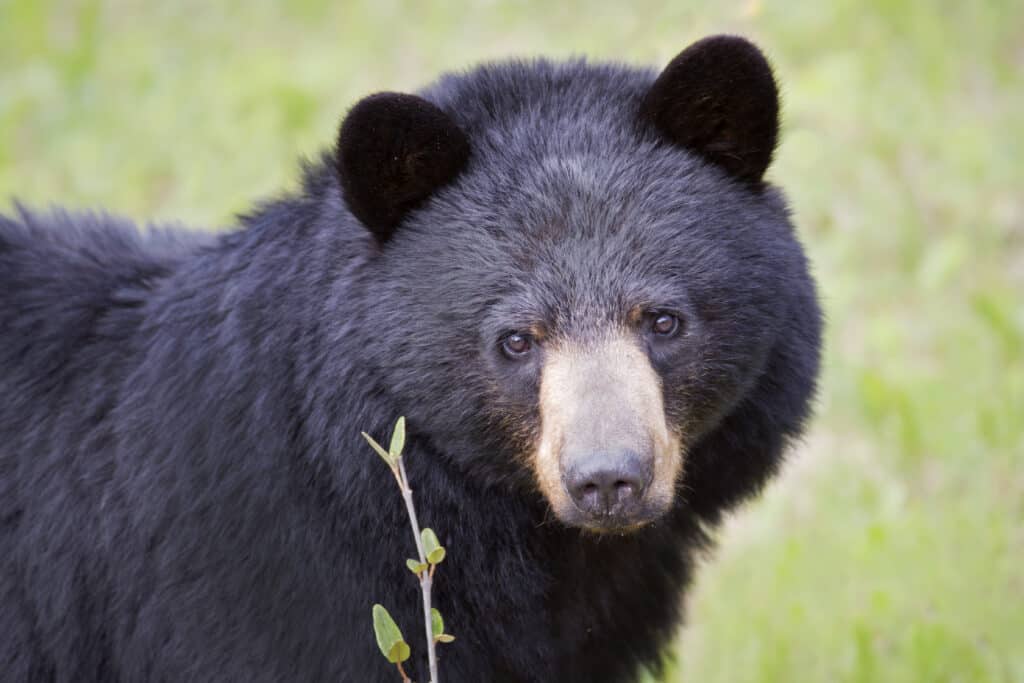
There is a robust population of black bears (between 6,000 and 8,000) in the state of New York.
©Wild Art/Shutterstock.com
The Most Dangerous Animals in New York State Today
Though New York State isn’t known for the deadliest animals on earth, there are still some that need to be treated with respect. They include the black bear, which has been known to attack humans. This is especially true if a person crosses the path of a mother and cubs.
The Great White and other dangerous sharks also visit the waters of the Atlantic close to the shoreline, and some species of jellyfish can deliver a nasty sting. Usually, signs on the beach will warn potential swimmers of hazards such as predatory sharks and swarms of jellyfish.
Humans should also give a coyote a wide berth if they see one. Small mammals such as skunks, raccoons, rats, mice, and bats shouldn’t be petted or handled, especially if they are behaving in a strange manner. Rabies, one of the deadliest diseases on earth, is rare in New York State, and there have been no cases of rabies in humans in New York City for more than 50 years. However, rabies does occur in animals. Among them are skunks, foxes, bats, raccoons, rodents, rabbits, hares, and other wild creatures.
The massasauga is a rattlesnake and though it’s not the deadliest snake out there, it is still venomous. It is not a large snake, being only between 24 and 30 inches long, with keeled scales. Its body is gray or tan with a beautiful pattern of brown or black blotches. The endangered eastern massasauga is the subspecies found in New York.
Other snakes to respect in New York state are the timber rattlesnake and the northern copperhead. Both are venomous. The endangered, venomous eastern massasauga can be found in New York.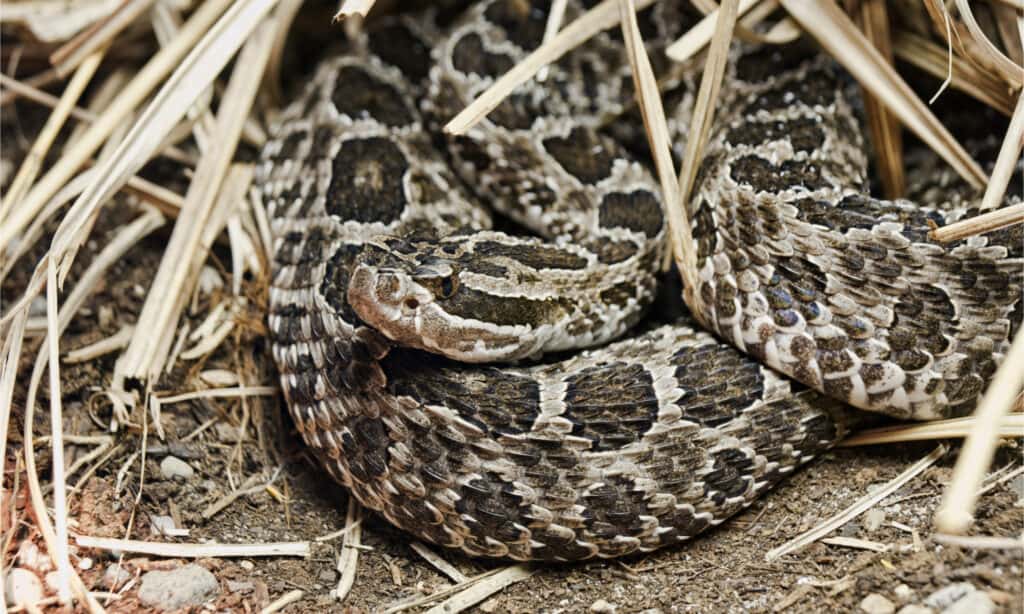
©DnDavis/Shutterstock.com
Largest Animals in New York State
As around 80% of the state is rural, it’s not surprising that New York contains some large animals that live in habitats outside of urban areas, including the North American black bear, which weighs on average 220-590 pounds and stands 4.25-6.5 feet tall.
The moose is also one of the largest animals in New York. Found in the northeastern parts of New York in the Adirondack Mountains, near the borders with Massachusetts and Vermont, it can measure up to 10 feet in length, stand six feet tall at the shoulders, and weigh more than 1,000 pounds.
The great white shark, which can weigh more than 4,900 pounds and reach 26 feet at maximum, is the largest fish that has been in New York waters. While it’s not commonly found in the state, there have been sightings off the coast of Jones Beach and Southampton.
The biggest bird in the state is the mute swan, which has a wingspan reaching more than 7 feet at its longest and can weigh 25 pounds or more. An invasive species, this bird live mainly in the lower Hudson Valley and Long Island. Moose, which can grow up to 10 feet long, live in the northeastern parts of New York. ©iStock.com/RichardSeeley
Endangered Animals in New York State
Unfortunately, many animals in New York State are endangered. There are around 45 endangered species, 37 threatened species and 58 species of special concern in New York, as categorized by the Department of Environmental Conservation.
The department defines endangered as “a native species in imminent danger of extirpation (not extinct but also not occurring wild in New York) or extinction in the state.” Threatened is if a native species is likely to become endangered within the foreseeable future in the state. A native species is of special concern if concern for its welfare or risk of endangerment has been documented.
New York’s endangered animals include:
- The fin whale: This huge, sleek and beautiful baleen whale is considered vulnerable to extinction.
- The fat pocketbook: This is a freshwater pearl mussel that prefers big, free-flowing rivers and is now considered vulnerable in New York State.
- Kemp’s ridley sea turtle: This is one of the rarest, if not the rarest of the sea turtles, and is critically endangered.
- Blanding’s turtle: This semi-aquatic turtle is endangered.
- Karner blue butterfly: This little blue butterfly with its black and orange eyespots on its hindwings uses only lupine plants as a host and nectar plant. It has become endangered as development has removed the lupines.
- Deepwater sculpin: This strange little fish has only spines where its scales should be. It is found in the cold waters of Lake Ontario.
- Chittenango ovate amber snail: This tiny snail is native to Chittenango Falls in Madison County. It is now part of a captive breeding program.
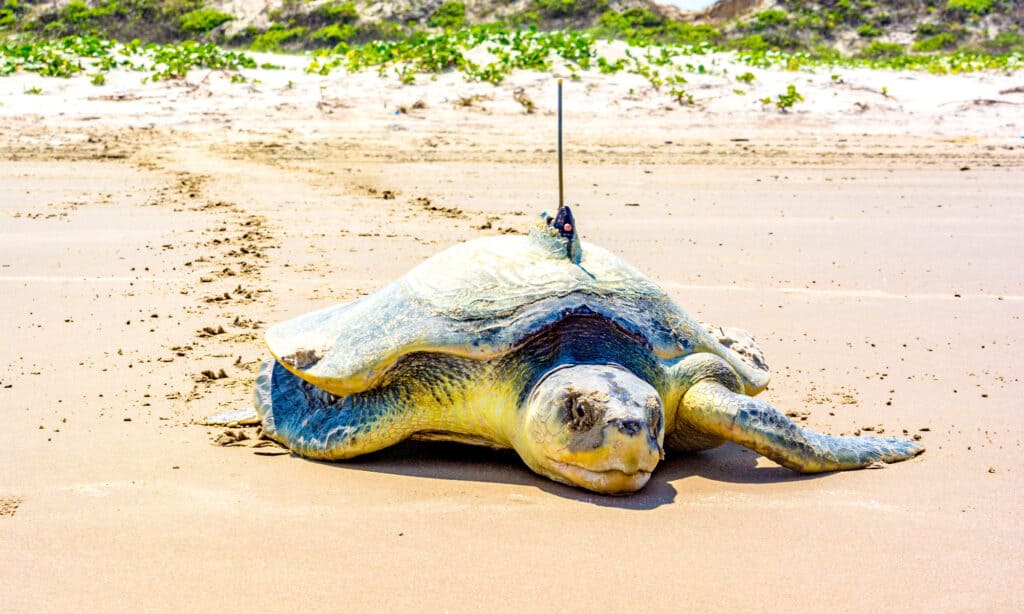
Kemp’s ridley sea turtle, found in New York, is critically endangered.
©JB Manning/Shutterstock.com
Rare Animals in New York State
Animals in New York face a variety of threats, including habitat loss through land development, that can result in many becoming endangered and increasingly rare in their natural environment. Some of these species include:
- Golden eagle: Though this bird of prey can be found in many places of the United States and is seen migrating over New York, it is now rare in the state and there are no active nests recorded. No one is certain of the cause and the eagle has been protected since 1963.
- The eastern hellbender: A rather rare salamander present in New York, this animal is generally found in the Susquehanna and Allegheny rivers and in their tributaries, hiding under logs and rocks in the water for protection.
- Bog buckmoth: There are only 10 colonies of this moth in the world, and six of them are in Oswego County. Their habitat of fens and bogs in wetland areas is threatened by high water levels and filling for development.
- Tomah mayfly: This is one of the rarest mayflys on the planet and has been at risk in New York State since the 1930s when a dam was built that devastated its population.
- Bluebreast darter: Found in the Allegheny drainage basin, this small fish is so rare and its numbers limited that there is not much information on the species.
- Pugnose shiner: It’s believed this species, one of the rarest minnows in North America, declined in due to changes in water quality. It’s currently present in Sodus Bay and the St. Lawrence River.
- Eastern mud turtle: This is the rarest turtle species in the state and its population is decreasing due to being killed by cars when crossing roads.

The golden eagle is protected and rare in New York State.
©elmehdi.ph/Shutterstock.com
The Flag of New York State
The flag of New York State, the state seal and the Coat of Arms of New York adopted in 1778 all use the same imagery.
New York State’s flag, which was made official in 1901, has a dark blue background with Lady Liberty on the left holding a staff and wearing a Phrygian cap representing freedom and liberty. Underneath her you will find an overturned English crown to symbolize the discarded monarchy. Lady Justice is shown to the right of the shield blindfolded representing fairness and holding a sword and scales. The state motto “Excelsior,” which translates to “Ever Upward” and “Out of many, One,” is featured at the bottom of the flag.
At the top of the flag in the center sits an American eagle atop a globe. The scene in the coat of arms shows the sun shining over a view of boats on the Hudson River.
The symbolism of the sun is either due to 17th century settler Jonas Bronck’s coat of arms depicting a rising sun or was chosen to honor the duke of York, who ruled the English colony after 1664. New York State’s flag was adopted in 1901.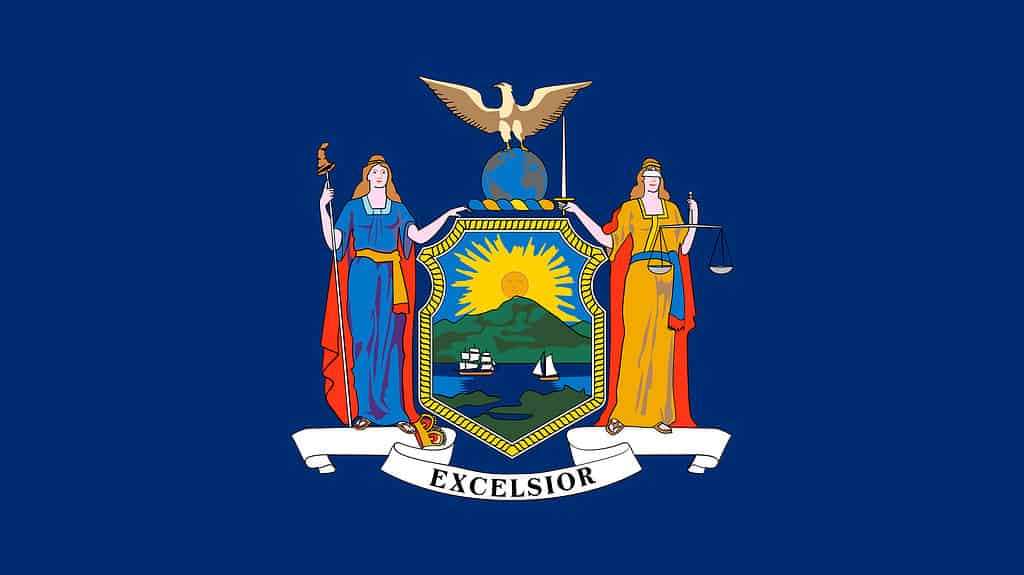
©iStock.com/bndart
Trees Native to New York
New York has tons of beautiful native trees that provide food and shelter for its wildlife, including red maples, American elms, white oaks, hackberries, hornbeams, black birch, tulip poplar, black cherry, and flowering dogwood. The official state tree is the native sugar maple.
In fall, trees throughout New York State put on a beautiful display of foliage that locals and tourists enjoy via “leaf peeping” trips. Early season fall foliage can be seen in the Adirondacks and Catskills. Leaves turn later in the season further south in the state, in Hudson Valley, New York City, and Long Island.
Trees are tied into the history of New York. The name “Manhattan” originally referred to a stand of hickory trees that had wood suited for bow-making at the southern tip of the island. The Lenape name for Governors Island was “Pagganck,” translating to “nut island” for the abundant hickory nut trees. At the time New Amsterdam was founded, in 1624, oak, hickory, and chestnut trees were widespread in the island and what is now Times Square was a red maple swamp.
A 2020 report found approximately 5.2 million trees and 168 tree species were present in New York City. The oldest tree in the city is a tulip tree in Alley Pond Park thought to be more than 450 years old, meaning it could be NYC’s oldest living organism. Often called the Queens Giant, this is also the tallest tree and when last measured in 2005 was 134 feet high. The state’s official tree is the native sugar maple. ©Mircea Costina/Shutterstock.com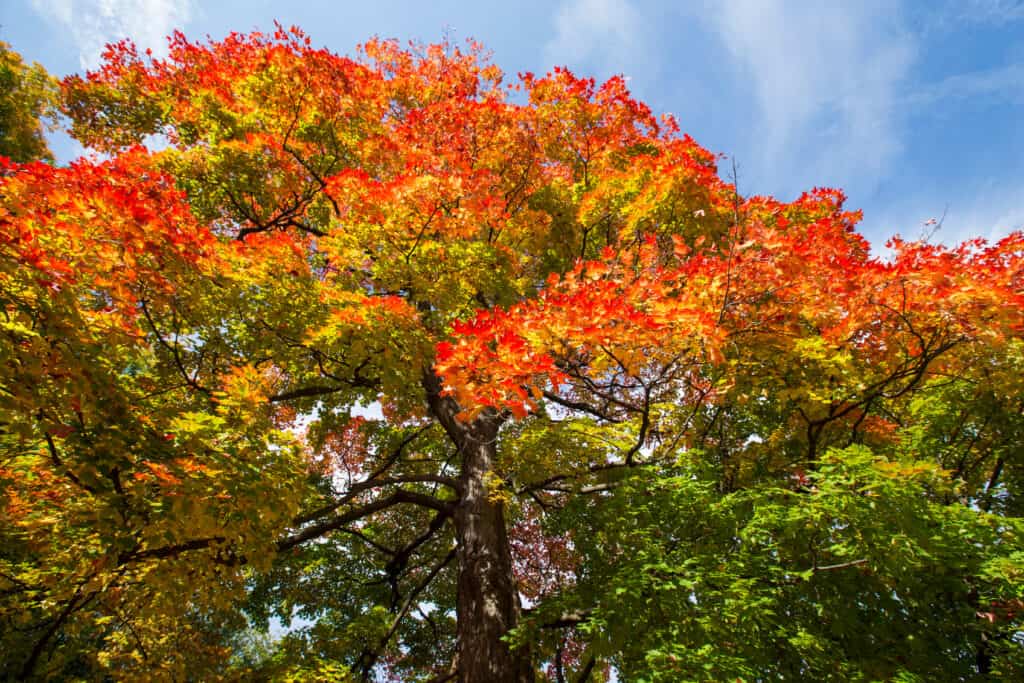
Native Plants in New York State
New York State is so diverse in geography and has abundant wildlife, both flora and fauna. More than 2,000 species of plants can be found in the state, with many being native.
Some native plants in New York State include common milkweed, Virginia rose, tamarack, eastern red cedar, and black gum.
Planting native plants in a pollinator garden will create a wildlife habitat and bring pollinators including butterflies, moths, bees, beetles, flies, and wasps, as well as birds such as hummingbirds. Native plants that are suitable for this are purple coneflower, smooth white beardtongue, sneezeweed, swamp milkweed, blazing star, columbine, flowering raspberry, great blue lobelia, highbush blueberry, Joe Pye weed, limber honeysuckle, mapleleaf viburnum, wild bergamot, and wild geranium.
Some of New York’s native species that are sadly extinct or not been seen for more than 15 years include white milkweed, pink lady slipper orchid, orange fringed orchid, swamp sunflower, and wild indigo. Native to New York State, the purple coneflower attracts butterflies and bees.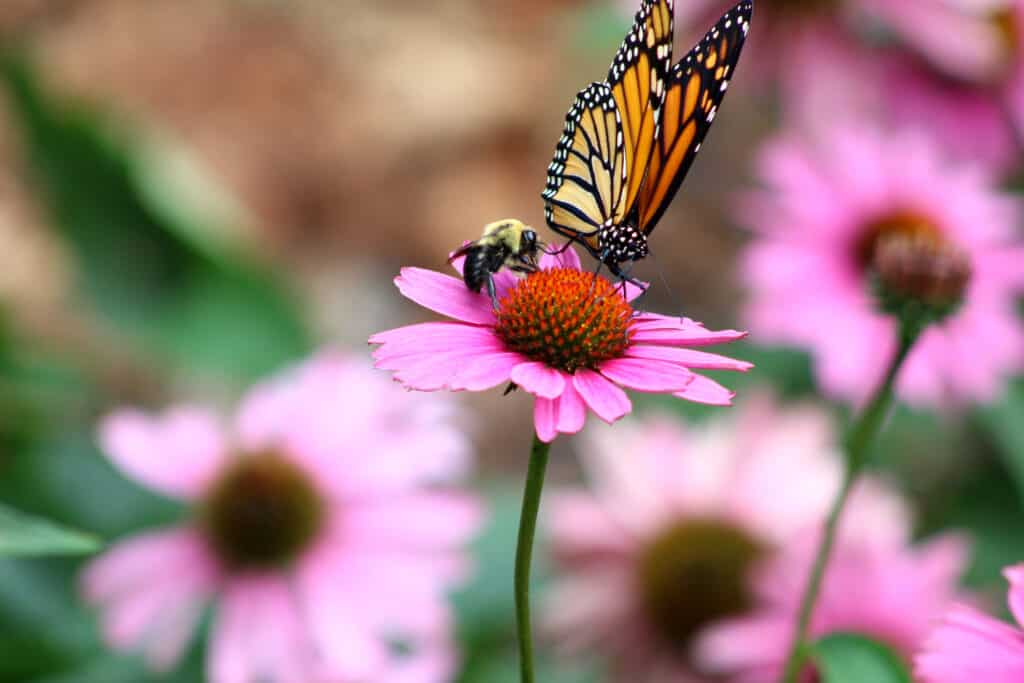
©iStock.com/db_beyer
More Articles Related to New York State
Read about:
- extinct animals that lived in New York.
- the longest biking trail in New York.
- the largest forest in New York.
- the best national parks in New York.
- the best waterfalls in New York.
- the best dog parks in New York City.
- the best dog parks in Buffalo, New York.
- the most common roaches in New York.
- the best fish to catch in New York in the summer.
New Yorker Animals
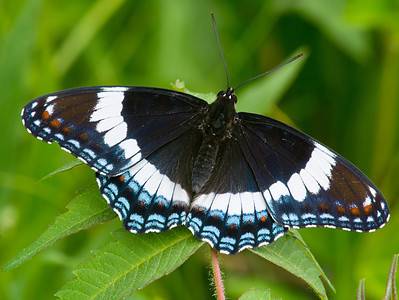
Admiral Butterfly
Stunningly beautiful wings
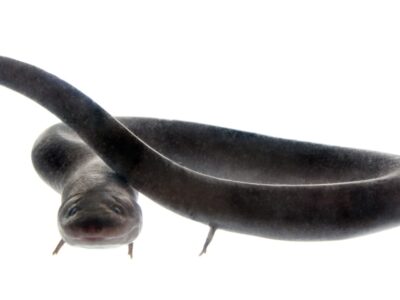
American Eel
Don't eat raw eel! Their blood is poisonous to humans when consumed raw.
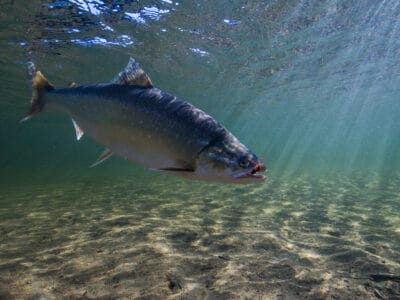
Arctic Char
Arctic char is the northern-most fish; no other fish lives anywhere further north!

Armyworm
They are so named because they "march" in armies of worms from one crop to another in search of food
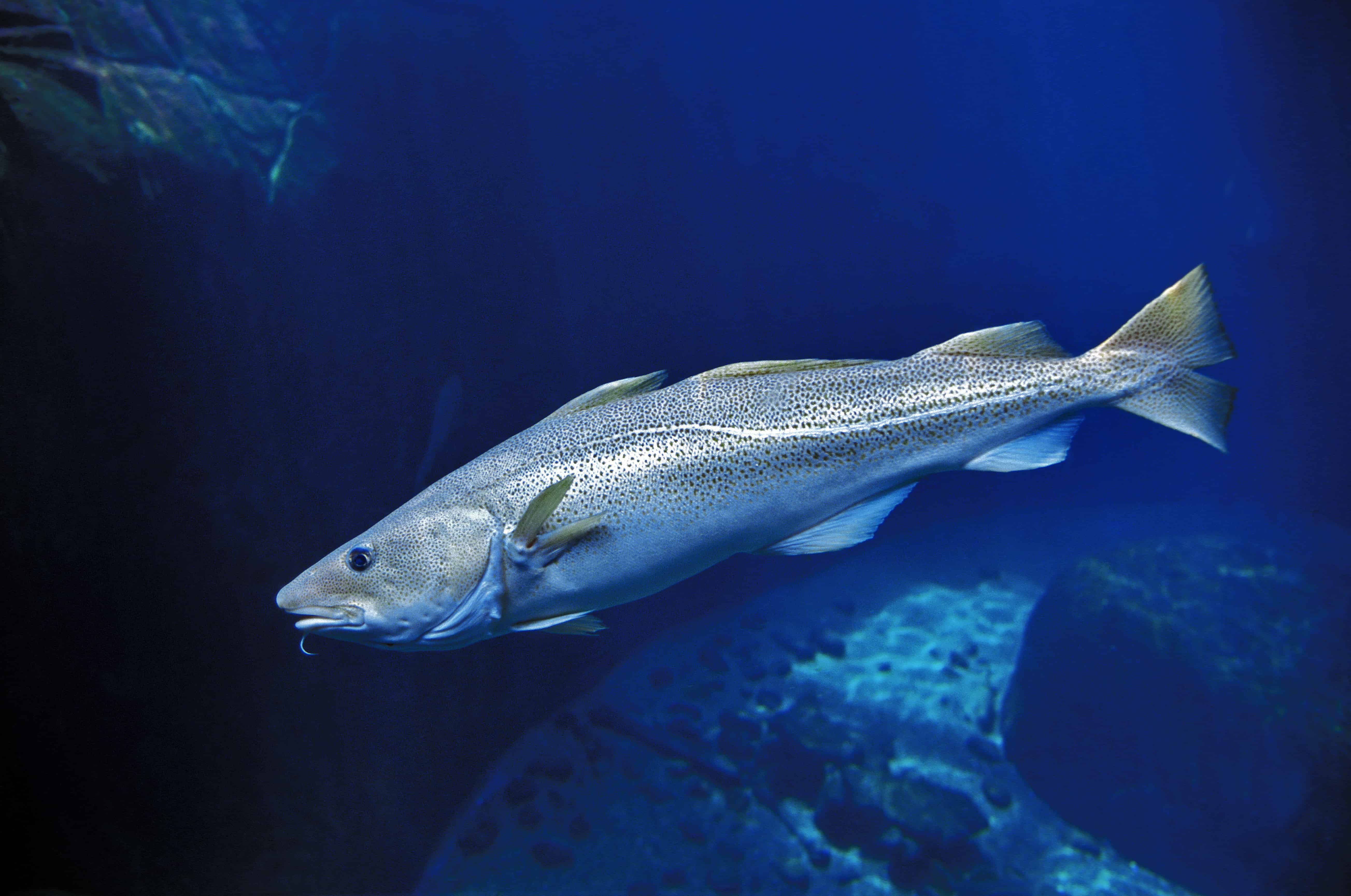
Atlantic Cod
One of the most popular food fishes in the world

Bagworm Moth Caterpillar
They continually enlarge their protective cases

Beewolf wasp
They hunt bees
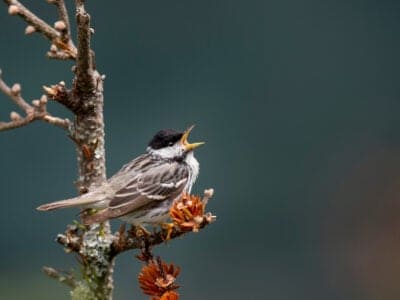
Blackpoll Warbler
They migrate for the longest distance of any warbler.
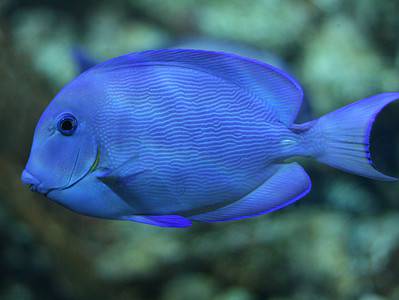
Blue Tang
One of the most colorful members of the genus Acanthurus
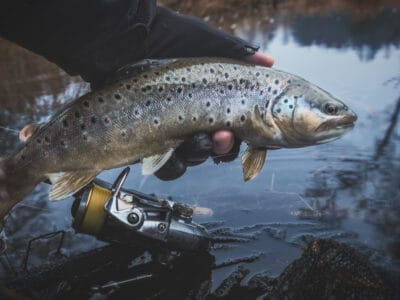
Brook Trout
The Brook Trout is actually part of the salmon family, making it not technically a trout.
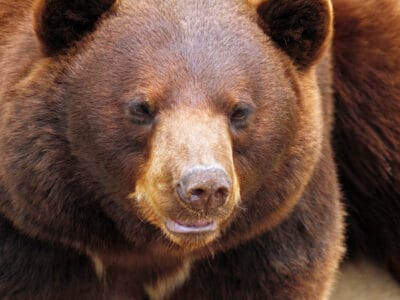
Cinnamon Bear
A newborn cinnamon bear weighs 1/2 pound -- about the same as a large apple.
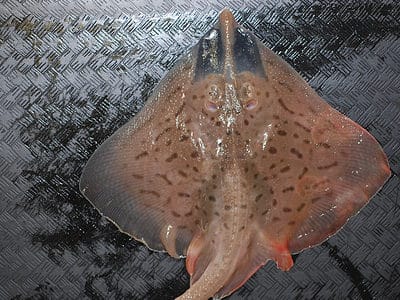
Clearnose Skate
The skate with translucent nose patches
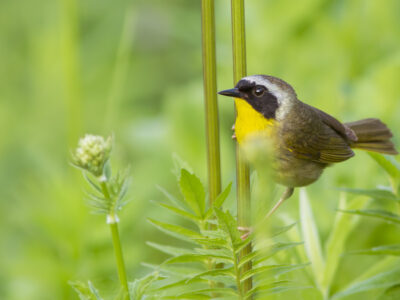
Common Yellowthroat
The Common Yellowthroat stays close to the ground and uses stealth to survive!
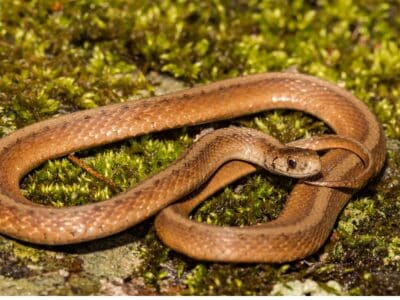
De Kay’s Brown Snake
They have specialized jaws for removing snails from shells.
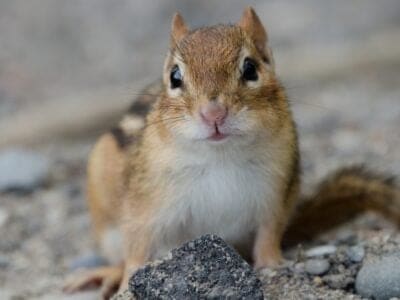
Eastern Chipmunk
The name chipmunk is derived from an Ojibwe word that means “one who descends the trees headfirst.”
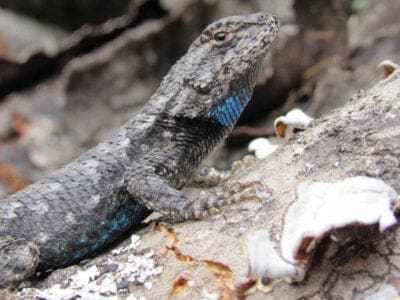
Eastern Fence Lizard
Females are usually larger than males.
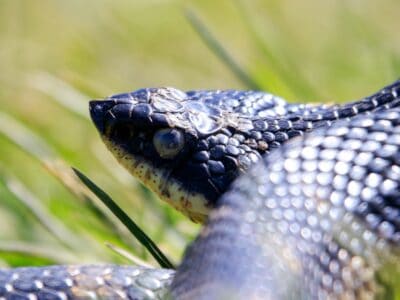
Eastern Hognose Snake
Eastern hognose snakes are venomous, but only to frogs and toads.
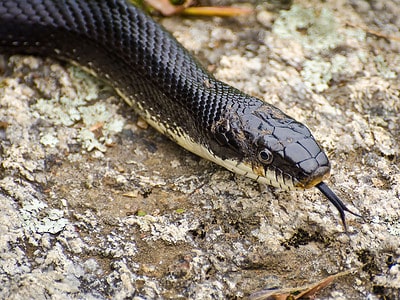
Eastern Rat Snake
Rat snakes are medium-to-large, nonvenomous snakes that kill by constriction.
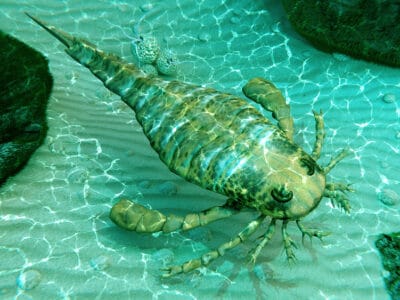
Eurypterus
Eurypterus has a long tail that looks like a scorpion's stinger

Flea
Adult fleas can jump up to 7 inches in the air
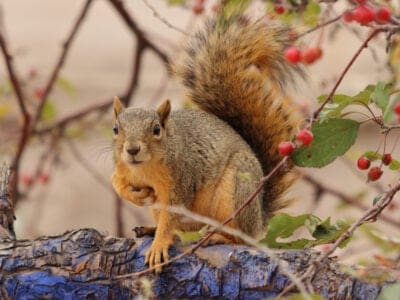
Fox Squirrel
Although it is a tree squirrel, it spends most of its time on the ground.
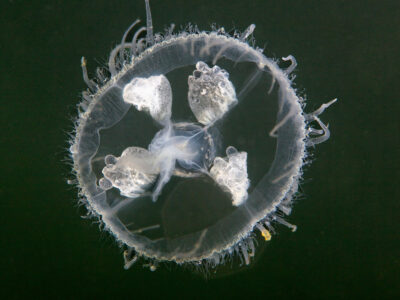
Freshwater Jellyfish
The freshwater jellyfish is native to China but is now found all over the world
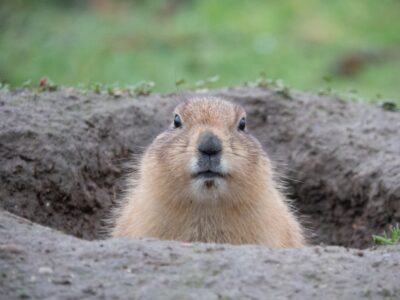
Groundhog (Woodchuck)
They whistle to each other to warn of approaching danger!
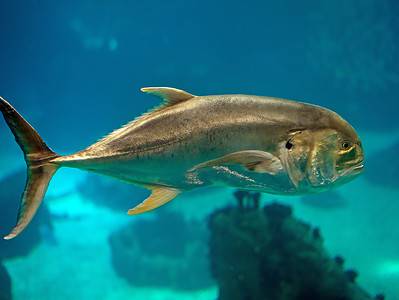
Jack Crevalle
One of the biggest species in the Caranx genus
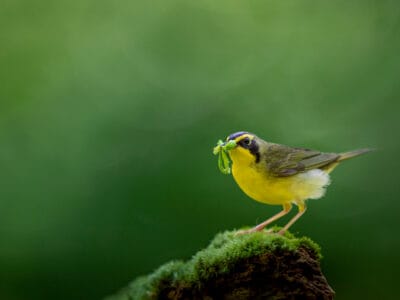
Kentucky Warbler
The Kentucky Warbler appears to wear bright yellow cat-eye glasses!

Kokanee Salmon
A non-anadromous type of sockeye salmon
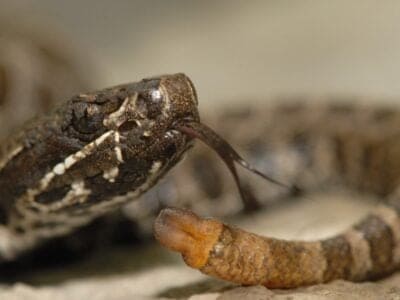
Massasauga
The name “Massasauga” comes from the Chippewa language, meaning “Great River Mouth”.

Mealybug
They have a symbiotic relationship with ants.

Mockingbird
Mockingbirds are incredible mimics that can learn hundreds of songs!
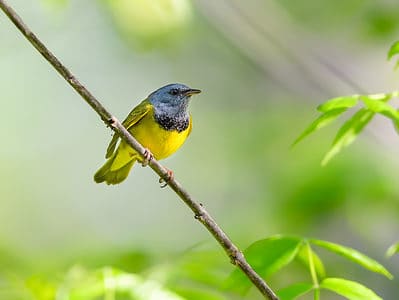
Mourning Warbler
The Mourning Warbler was named for its gray head, which resembles a mourning veil!

Nematode
Nematodes range in size from 1/10 of an inch to 28 feet long
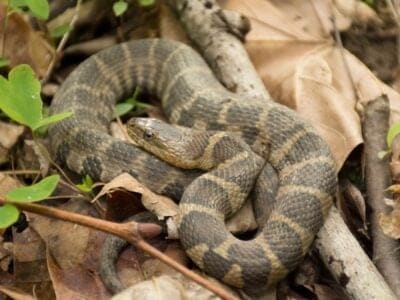
Northern Water Snake
Northern watersnakes’ teeth help them nab fish as they swim by.

Orb Weaver
Females are about four times the size of males

Owl
The owl can rotate its head some 270 degrees
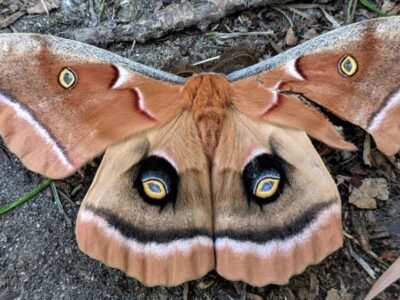
Polyphemus Moth
The Polyphemus moth doesn’t and can't eat, except when it's a caterpillar!
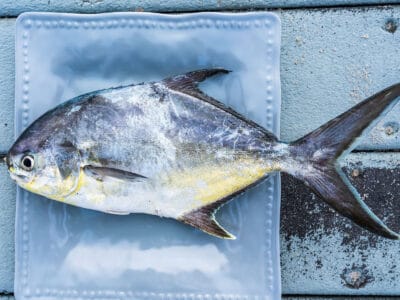
Pompano Fish
They are bottom-feeders
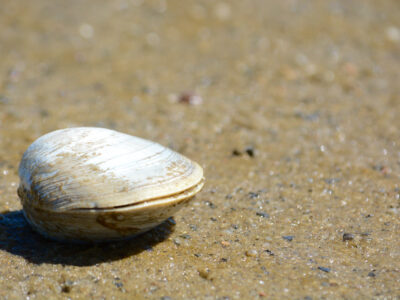
Quahog Clam
Their hinged shell protects their soft body
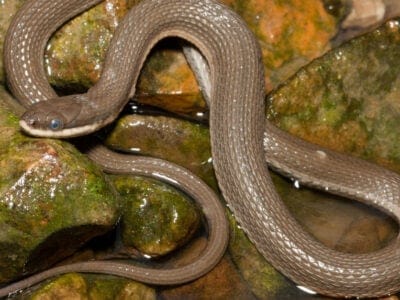
Queen Snake
Queen snakes have armor-like scales on the top of their head
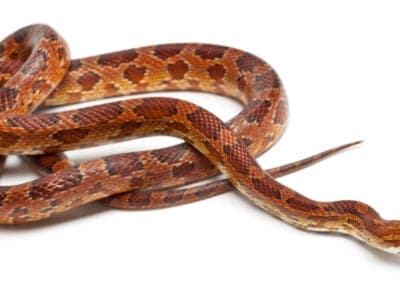
Rat Snakes
Rat snakes are constrictors from the Colubridae family of snakes.
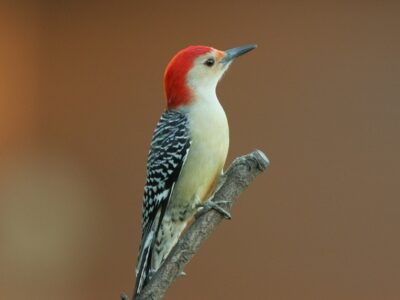
Red-Bellied Woodpecker
Red-Bellied Woodpeckers will often steal the nests of other birds.
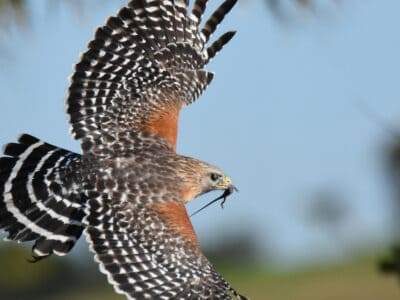
Red-Shouldered Hawk
Red-Shouldered Hawks reuse the same nesting area each year.
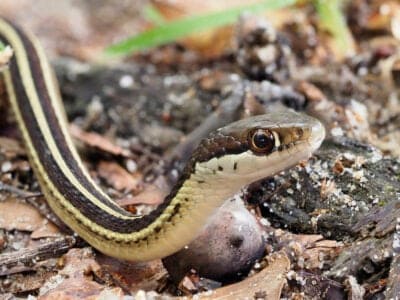
Ribbon Snake
Ribbon snakes love water, but are excellent climbers too.

Rooster
Will mate with the entire flock!
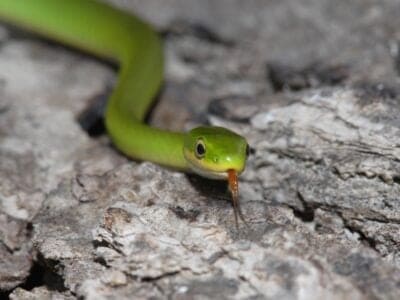
Rough Green Snake
Rough green snakes are great pet snakes because they're low-maintenance.
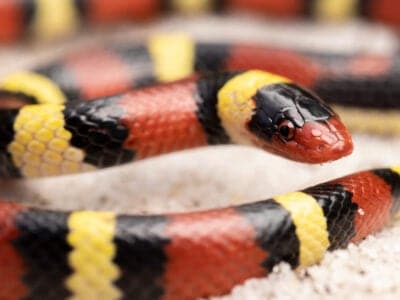
Scarlet Kingsnake
Scarlet kingsnake’s pattern is an example of Batesian mimicry.

Seagull
Some gulls are capable of using tools
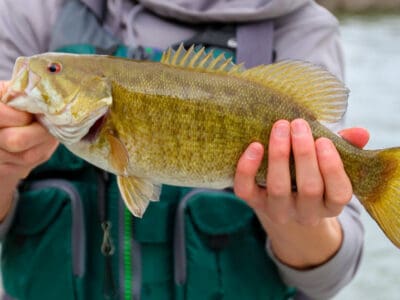
Smallmouth Bass
A fierce fighter!

Smokybrown Cockroach
Has up to 45 eggs per egg case

Stargazer Fish
Uses an electric shock to stun its prey!
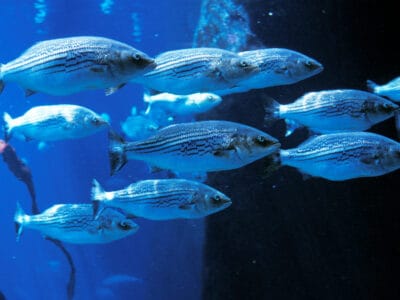
Striped Bass
Pilgrims counted striped bass as an essential part of their diet from the time they arrived in North America.
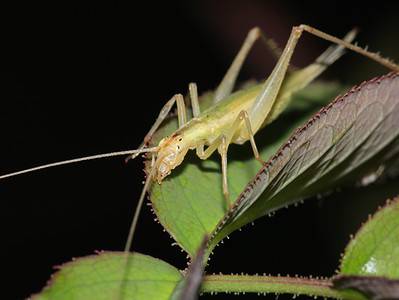
Tree Cricket
They make music with their wings
New Yorker Animals List
- Admiral Butterfly
- American Eel
- Arctic Char
- Armyworm
- Atlantic Cod
- Bagworm Moth Caterpillar
- Beewolf wasp
- Blackpoll Warbler
- Blue Tang
- Brook Trout
- Cinnamon Bear
- Clearnose Skate
- Common Yellowthroat
- De Kay’s Brown Snake
- Eastern Chipmunk
- Eastern Fence Lizard
- Eastern Hognose Snake
- Eastern Rat Snake
- Eurypterus
- Flea
- Fox Squirrel
- Freshwater Jellyfish
- Groundhog (Woodchuck)
- Jack Crevalle
- Kentucky Warbler
- Kokanee Salmon
- Massasauga
- Mealybug
- Milk Snake
- Mockingbird
- Mourning Warbler
- Nematode
- Northern Water Snake
- Orb Weaver
- Owl
- Polyphemus Moth
- Pompano Fish
- Quahog Clam
- Queen Snake
- Rat Snakes
- Red-Bellied Woodpecker
- Red-Shouldered Hawk
- Redear Sunfish
- Ribbon Snake
- Rooster
- Rough Green Snake
- Sandhill Crane
- Scarlet Kingsnake
- Seagull
- Smallmouth Bass
- Smokybrown Cockroach
- Southeastern Blueberry Bee
- Stargazer Fish
- Striped Bass
- Swallowtail Butterfly
- Tree Cricket
- Yellowish Cuckoo Bumblebee (formerly Fernald’s Cuckoo Bumblebee)
Animals in New York State FAQs (Frequently Asked Questions)
What kind of animals live in New York City?
A surprising number of wild creatures live in New York City, and not just in its zoos. Central Park, for example, is full of wild animals, especially birds. They not only include pigeons but robins, woodpeckers, cardinals, wood ducks, sparrows, starlings, types of hawks, including Cooper’s hawk, waterfowl and wading birds, including wood ducks, egrets, and herons, vireos, flycatchers, shrikes, thrashers, catbirds and mockingbirds and the state bird, the eastern bluebird.
Mammals found in New York City include rodents such as squirrels, chipmunks, mice and rats. Other mammals are raccoons, opossums, whales, dolphins, skunks, white-tailed deer, foxes, harbor seals, coyotes, rabbits and bats.
Reptiles found in New York city include various species of turtle, including the rarest sea turtles and the snapping turtle, the state reptile. The massasauga, a type of rattlesnake, is found in New York, as are the harmless queen snake, garter snake, milk snake and ribbon snake. There are also skinks, wall lizards and fence lizards.
Amphibians in New York City include leopard frogs, tiny spring peeper frogs and salamanders. Besides the ubiquitous cockroach, insects include butterflies and moths, and unfortunately, the invasive Asian long-horned beetle. Other insects are dragonflies and damselflies, many species of bees including bumblebees and honeybees, grasshoppers, ladybugs and other beetles, cicadas, and the pretty but invasive lanternfly. Still others are ants, horseflies, houseflies, deerflies and mosquitoes. Spiders, including cellar spiders, black and yellow garden spiders, wolf spiders, crab spiders, and jumping spiders, are everywhere.
Aquatic life is found in New York City’s fresh and saltwater bodies of water include American eels, horseshoe crabs and many species of fish, including river herring. Oysters, which used to be so common that they were considered food for poor folk, are making a comeback in New York Harbor.
What is the state animal in New York?
The state animal of New York is the American beaver, the second largest of the rodents. It’s known for building dams and lodges on freshwater. Nearly driven to extinction because it was hunted for its meat, lush, double-coated pelt, and a substance called castoreum, it is now of least concern.
What is the largest animal in New York?
The largest animal found in New York State is probably the fin whale, which is found off the coast of Long Island and is the subject of whale watching expeditions. At nearly 90 feet long, the fin whale is the second largest whale in the world after the blue whale. The 98-foot long blue whale is also found in the Atlantic Ocean but doesn’t seem to reliably travel within New York State waters.
Are there wolverines in NY?
There are no wild wolverines in New York State. The closest wolverines live in Canada, Washington State, and the Rocky Mountains. There was a sighting of a wolverine in Michigan in 2004.
What kinda of rattlesnakes live in New York state?
New York is home to two kinds of rattlesnakes. The larger rattlesnake (on average) is the timber rattlesnake. In addition, eastern massasauga rattlesnakes also live in the state. Both have seen their populations decline and are now protected.
What beaches have shark attacks in New York?
There have been 12 recorded shark attacks in New York history. The 3 New York beaches with the most shark attacks are Fire Island, Rockaway Beach, and the East River.




